removing sod to make shrub bed
fillagirl
12 years ago
Featured Answer
Comments (12)
mytime
12 years agobdgardener
12 years agoRelated Professionals
Tempe Landscape Architects & Landscape Designers · Clemson Landscape Architects & Landscape Designers · Arlington Landscape Contractors · Harvey Landscape Contractors · Las Vegas Landscape Contractors · North Haven Landscape Contractors · Old Saybrook Landscape Contractors · Parkland Landscape Contractors · Waldorf Landscape Contractors · Wanaque Landscape Contractors · Oxon Hill Landscape Contractors · Columbia Window Contractors · Coral Shores Window Contractors · Homestead Window Contractors · Hialeah Gardens Window Contractorsluckygal
12 years agonorthspruce
12 years agofillagirl
12 years agofillagirl
12 years agonutsaboutflowers
12 years agoluckygal
12 years agoluckygal
12 years agonutsaboutflowers
12 years agofreezengirl
12 years ago
Related Stories
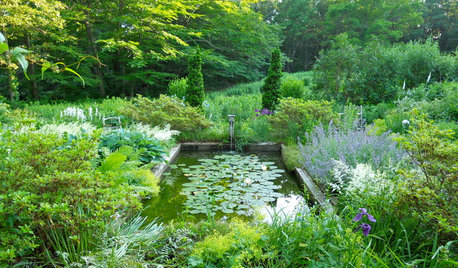
PLANTING IDEAS5 Reasons to Bring Shrubs Into the Flower Garden
Mix up the garden experience and let the flowers and shrubs play together
Full Story
GARDENING GUIDESHow to Plant a New Lawn From Sod
Take the quick-start route to turf with sod; these installation guidelines will help ensure a healthy and long-lasting lawn
Full Story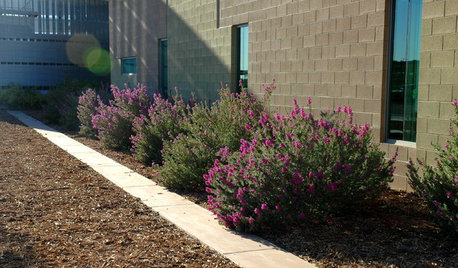
GARDENING GUIDESHow to Avoid Overcrowded, Overpruned Shrubs
Go for a more natural look that’s easier and less expensive to maintain by giving your plants the right amount of growing room
Full Story
GARDENING GUIDES9 Low-Growing Hedges That Make Good Neighbors
Define garden areas or borders without blocking the view, with these evergreen shrubs that take kindly to trimming
Full Story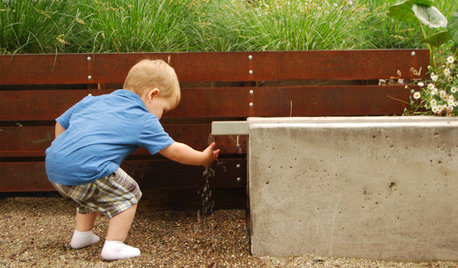
GARDENING AND LANDSCAPING9 Ways to Make Your Yard More Fun for Kids
Draw the younger set outside while keeping grown-up spaces and style intact. Some of these ideas don’t even cost a dime!
Full Story
GARDENING FOR BUTTERFLIES3 Ways Native Plants Make Gardening So Much Better
You probably know about the lower maintenance. But native plants' other benefits go far beyond a little less watering and weeding
Full Story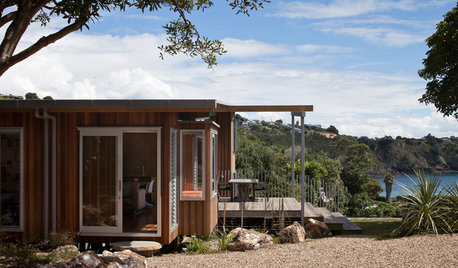
HOUZZ TOURSHouzz Tour: Three Pods Make a Beach House in New Zealand
See how separate living and utility zones boost the beach experience on Waiheke Island
Full Story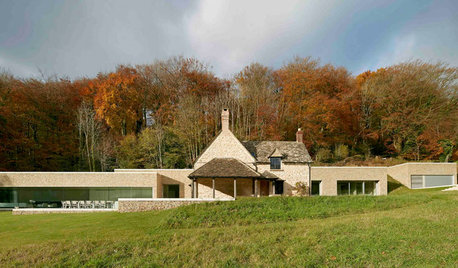
REMODELING GUIDESOld and New Make for a Jolly Good Mix in England
Give an 18th-century country cottage a contemporary addition, and what do you get? A surprisingly cohesive-looking home
Full Story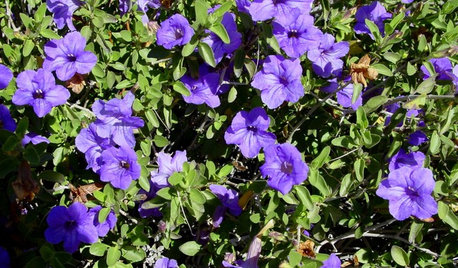
GARDENING GUIDESGreat Design Plant: Desert Ruellia Brings Beauty to Dry Gardens
Abundant purple flowers and bright green foliage would make this shrub a winner even without its unthirsty ways
Full Story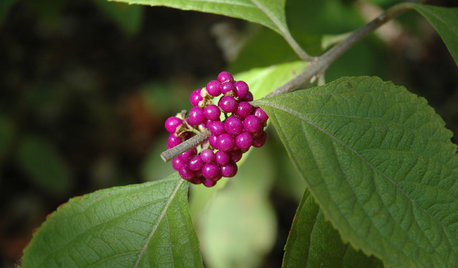
GARDENING GUIDESGreat Design Plant: Nourish Wildlife With American Beautyberry
The bright purple berries of Callicarpa americana feed winged beauties and make the Southeast U.S. native a fall garden standout
Full StoryMore Discussions






freezengirl